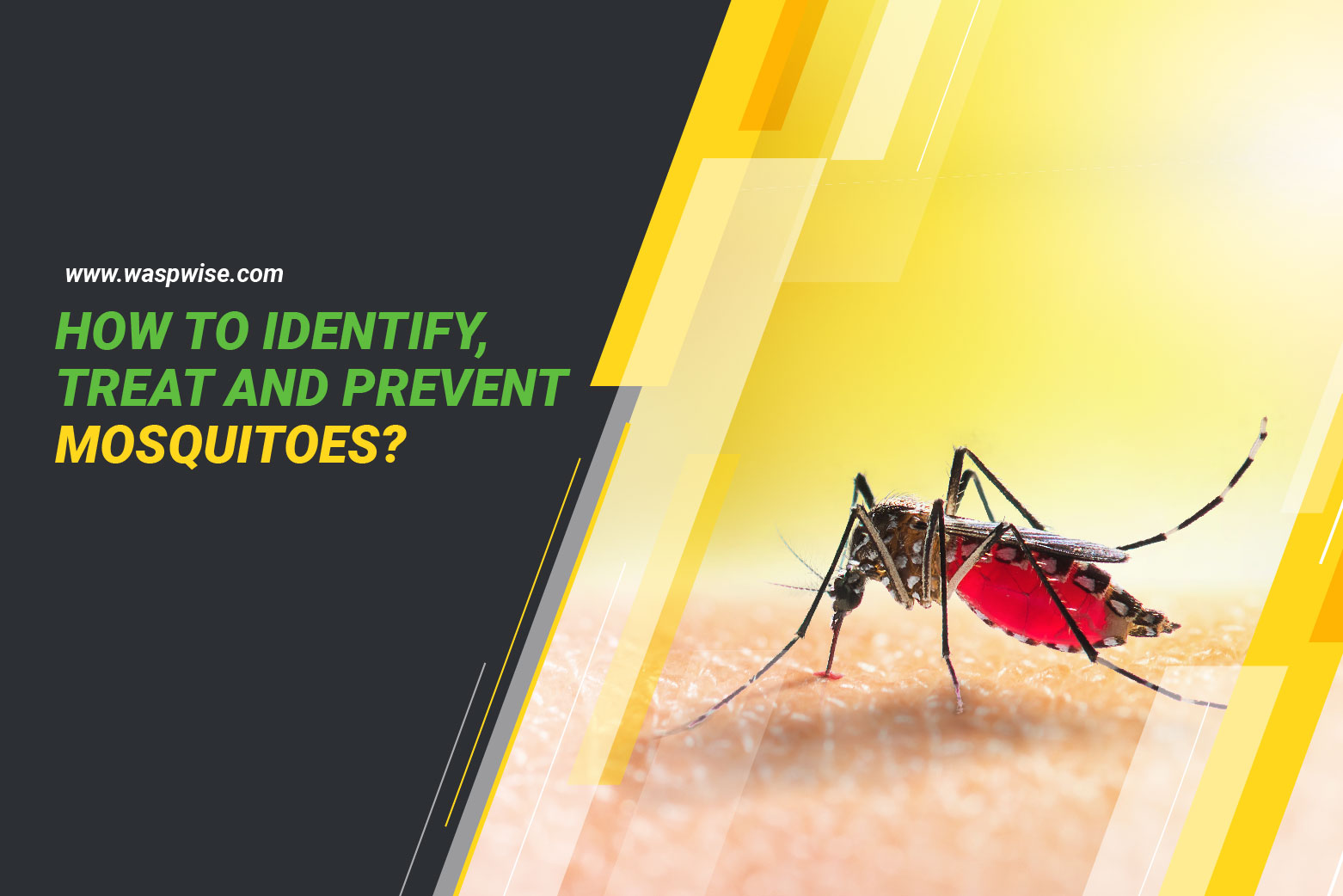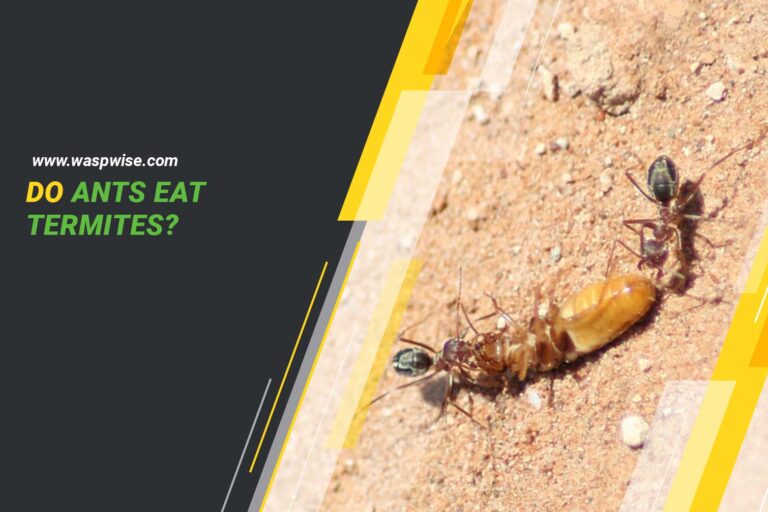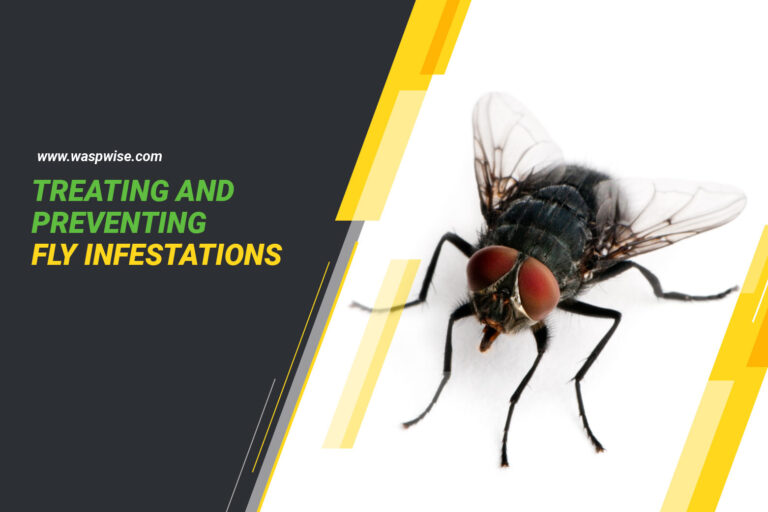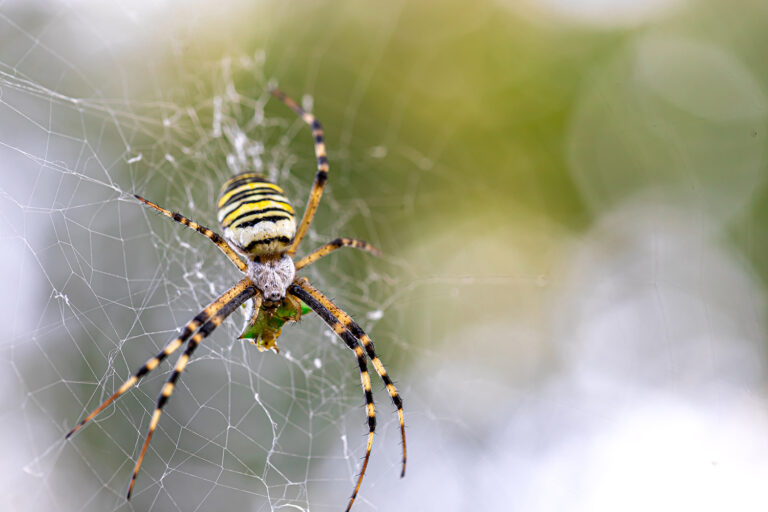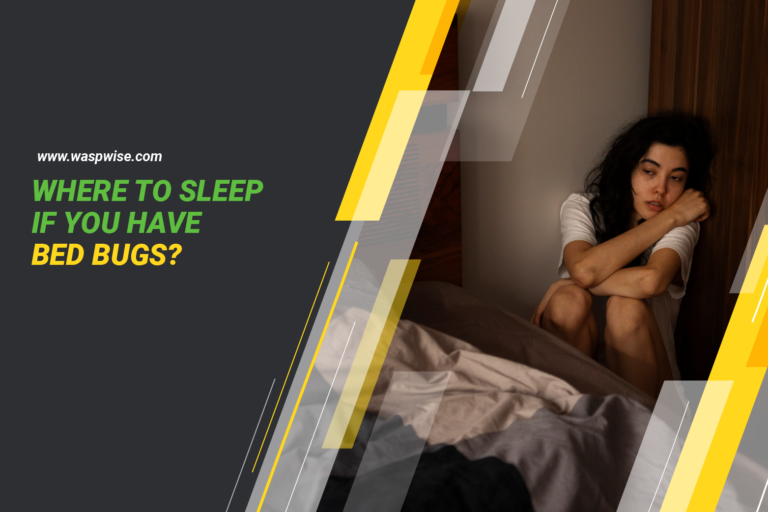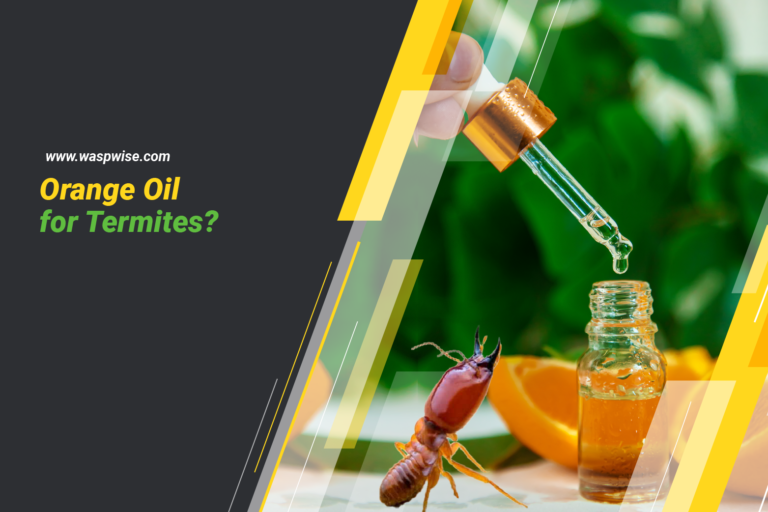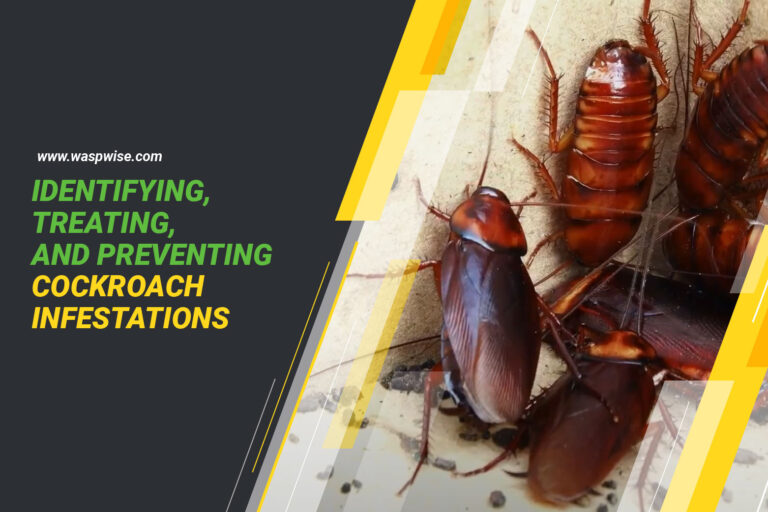HOW TO IDENTIFY, TREAT AND PREVENT MOSQUITO INFESTATION
How To Identify Mosquitoes
Physical Characteristics.
Mosquitoes are small insects with slender bodies, long legs, and wings. They typically measure about 0.12 to 0.35 inches in length. Adult mosquitoes can vary in color, but most commonly, they have a gray or brown appearance.
Mosquito Habitats.
Mosquitoes prefer to breed and rest in specific habitats. They are often found near stagnant water sources such as ponds, birdbaths, flower pots, and clogged gutters. Additionally, they seek out areas with dense vegetation and shaded spots.
Mosquito Behavior.
Mosquitoes are most active during dawn and dusk. They feed on the blood of humans and animals, as the protein from blood is necessary for the female mosquitoes to lay eggs. It’s important to note that only female mosquitoes bite, while males primarily feed on nectar.
Life Cycle
- Egg Stage. Mosquitoes lay their eggs in or near standing water. The eggs are typically small and elongated, with a raft-like appearance. They need water to hatch and develop into larvae.
- Larva Stage. Once the eggs hatch, mosquito larvae emerge. They are aquatic and have a distinct worm-like appearance. Larvae feed on organic matter in the water and go through several molting stages as they grow.
- Pupa Stage. After the larval stage, mosquitoes enter the pupa stage. Pupae do not feed and instead undergo a transformation process. They have a comma-shaped body and often float near the water’s surface.
- Adult Stage. Once the pupae complete their development, adult mosquitoes emerge from the water. They have fully developed wings and are ready to fly. Female mosquitoes will seek a blood meal to reproduce, while males primarily feed on nectar. Adult mosquitoes typically live for a few weeks.
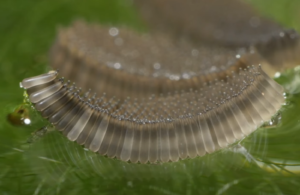
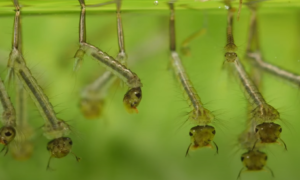
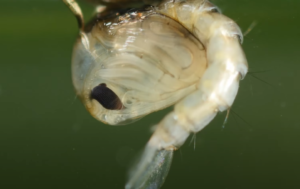
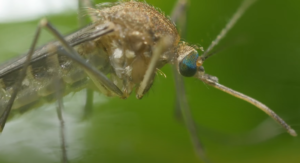
Common Causes Of Mosquito Infestation
Environmental Factors
Environmental conditions influence mosquito populations. Factors such as temperature, humidity, and rainfall affect their breeding and survival. Warm and humid climates provide ideal conditions for mosquitoes to thrive.
Breeding Grounds
Stagnant water serves as a breeding ground for mosquitoes. Common sources include neglected pools, water-filled containers, birdbaths, and blocked gutters. Eliminating or treating these breeding sites is crucial for controlling mosquito populations.
Human Habits
Human behaviors can contribute to mosquito infestations. Leaving standing water in open containers, failing to maintain pools or water features, and neglecting yard maintenance can create favorable conditions for mosquitoes to breed.
Mosquito Prevention Methods
- Eliminating Breeding Sites Regularly inspect your surroundings for stagnant water sources. Empty and clean containers that collect water, such as flower pots and buckets. Maintain clean and treated swimming pools and unclogged gutters to prevent water accumulation.
- Outdoor Protection When spending time outdoors, wear long sleeves, long pants, and apply mosquito repellents containing DEET, picaridin, or oil of lemon eucalyptus. Install screens on windows and doors to keep mosquitoes out of your home.
- Landscaping Techniques Keep your yard well-maintained by trimming vegetation, mowing the lawn, and removing any unnecessary debris. Consider planting mosquito-repellent plants such as citronella, lavender, and marigolds. Improve drainage to prevent water from pooling.
- Community Efforts Work together with your neighbors to address mosquito-related concerns. Coordinate efforts to eliminate breeding sites in the area, share information about preventive measures, and collaborate on neighborhood clean-up activities.
Treating Mosquito Infestations
DIY Treatments
There are various DIY remedies you can try to control mosquito populations. Some natural options include mosquito traps, citronella candles, or essential oils like lavender or eucalyptus. Additionally, you can remove stagnant water and use larvicides to target mosquito larvae.
Professional Intervention
If your mosquito infestation persists or becomes overwhelming, it’s advisable to seek help from a professional pest control specialist. They have the expertise and appropriate tools to treat the infestation and provide long-term solutions effectively.
Integrated Pest Management
Integrated Pest Management (IPM) is a comprehensive approach to pest control. It combines preventive measures, monitoring, and targeted treatments to minimize mosquito populations. IPM focuses on long-term solutions that are environmentally friendly and sustainable.
Mosquito Control FAQs
Q. Are mosquitoes harmful?
A. Yes, mosquitoes can transmit diseases such as malaria, dengue fever, Zika virus, and West Nile virus. It’s important to protect yourself from mosquito bites and take preventive measures.
Q. How can I protect myself from mosquito bites?
A. Wear protective clothing, use mosquito repellents, and avoid outdoor activities during peak mosquito activity times. Keep windows and doors screened, and reduce mosquito habitats in your surroundings.
Q. What are some natural repellents I can use?
A. Natural mosquito repellents include essential oils like citronella, lemongrass, and neem oil. Planting mosquito-repellent plants in your yard can also help deter mosquitoes.
Q. Can mosquito traps be effective in controlling infestations?
A. Mosquito traps can be useful as part of an overall mosquito control strategy. They attract and trap mosquitoes, reducing their population in specific areas. However, traps alone may not solve an infestation.
Q. How long does it take to treat a mosquito infestation?
A. The time required to treat a mosquito infestation depends on the severity of the infestation and the methods used. Professional treatments can provide quicker results, but it’s essential to follow up with preventive measures for long-term control.

